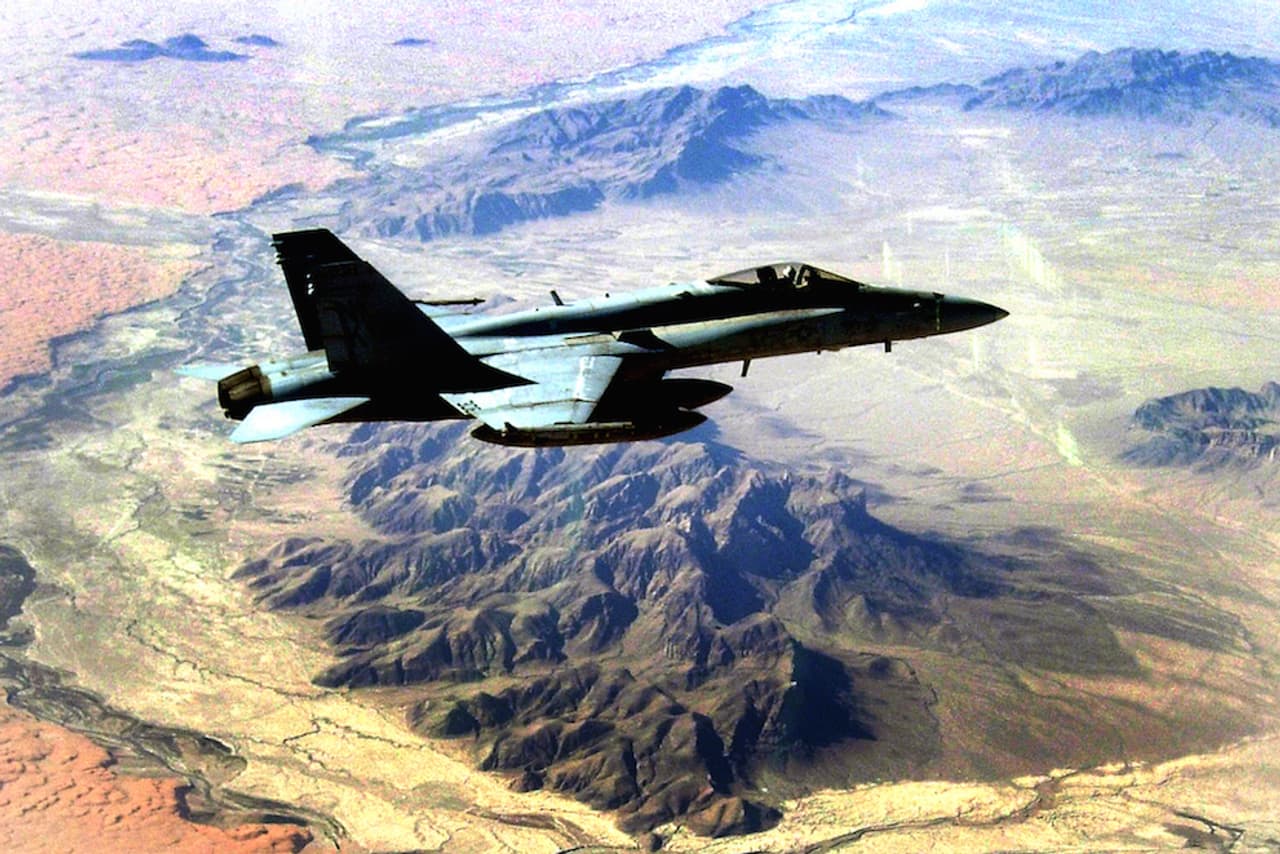
Allegations levelled against US military over airstrikes in Afghanistan
The US military is looking into allegations that its strikes killed scores of civilians in Afghanistan’s Kunduz province, but many details, including the size of the death toll, remain unclear, days after the attack. If the highest estimate for the number of civilians is confirmed, it would be the US military’s deadliest mistake in Afghanistan for years.
However, others put the toll much lower, and with the site of the attack difficult to access, it has been hard to confirm details of the deaths.
The airstrikes took place in the Chardara district, where Afghan forces have been carrying out operations against the Taliban for the past few days. Aerial attacks reportedly intensified on the night of 3 November, with scores of strikes raining down on multiple villages across the district.
“The intensity of the bombing was so hard that everyone around believed that the whole Chardara district must be levelled and destroyed,” Abdul Ghafoor, a tribal elder, told the Bureau. “The bombardment was felt all night on Friday [November 3], in Kunduz city as well.” Ghafoor said that civilians went into the area the next morning, and that 29 people were killed in a follow-on attack.
Estimates of the number of civilians killed vary widely. A provincial council member told the Guardian that the follow-on attack claimed the lives of 55 civilians. However, the deputy police chief of the district told the Bureau that only a “small number” of civilians were killed. Nematullah Temor, a spokesman for the provincial governor, meanwhile alleges that only a single civilian died and six others were injured.
A spokesman for the Afghan commando forces told the New York Times that no civilians had been killed.
As well as differing estimates of the death toll, there are differing accounts of how civilians came to be caught up in the assault on Taliban targets.
Several sources, such as the deputy police chief, say the Taliban forced locals to collect the bodies of insurgents killed in the previous night’s strikes. In this version of events, US forces then launched fresh strikes on the civilians going through the rubble, presumably mistaking them for insurgents.
Maulavi Abdullah, a member of the Kunduz provincial council, had a slightly different version of events. He told the Bureau that the attack hit civilians who had returned to their villages on the morning of 4 November to see the damage the night’s strikes had caused. He says 18 civilians were killed and a further ten wounded.
The governor's spokesperson said that the civilian harm occurred when a strike hit a car carrying people to villages to evacuate Taliban casualties.
The Afghan Ministry of Defence has said it has tasked security commanders to probe the reports of civilian casualties.
Lt. Jason Tross, a spokesman for the US led NATO coalition, has confirmed that Afghan and international forces conducted a joint operation in Kunduz on 4 November. Tross said they are still assessing the facts surrounding the incident.
Kunduz has been the site of some of Afghanistan’s most deadly air strikes, including in November last year, where US air strikes killed 33 civilians, according to a military investigation. The US attack on the Médecins Sans Frontières hospital in 2015, in which 42 civilians were killed, also occurred in the province, as did a NATO strike in 2009, which killed at least 90 civilians.


